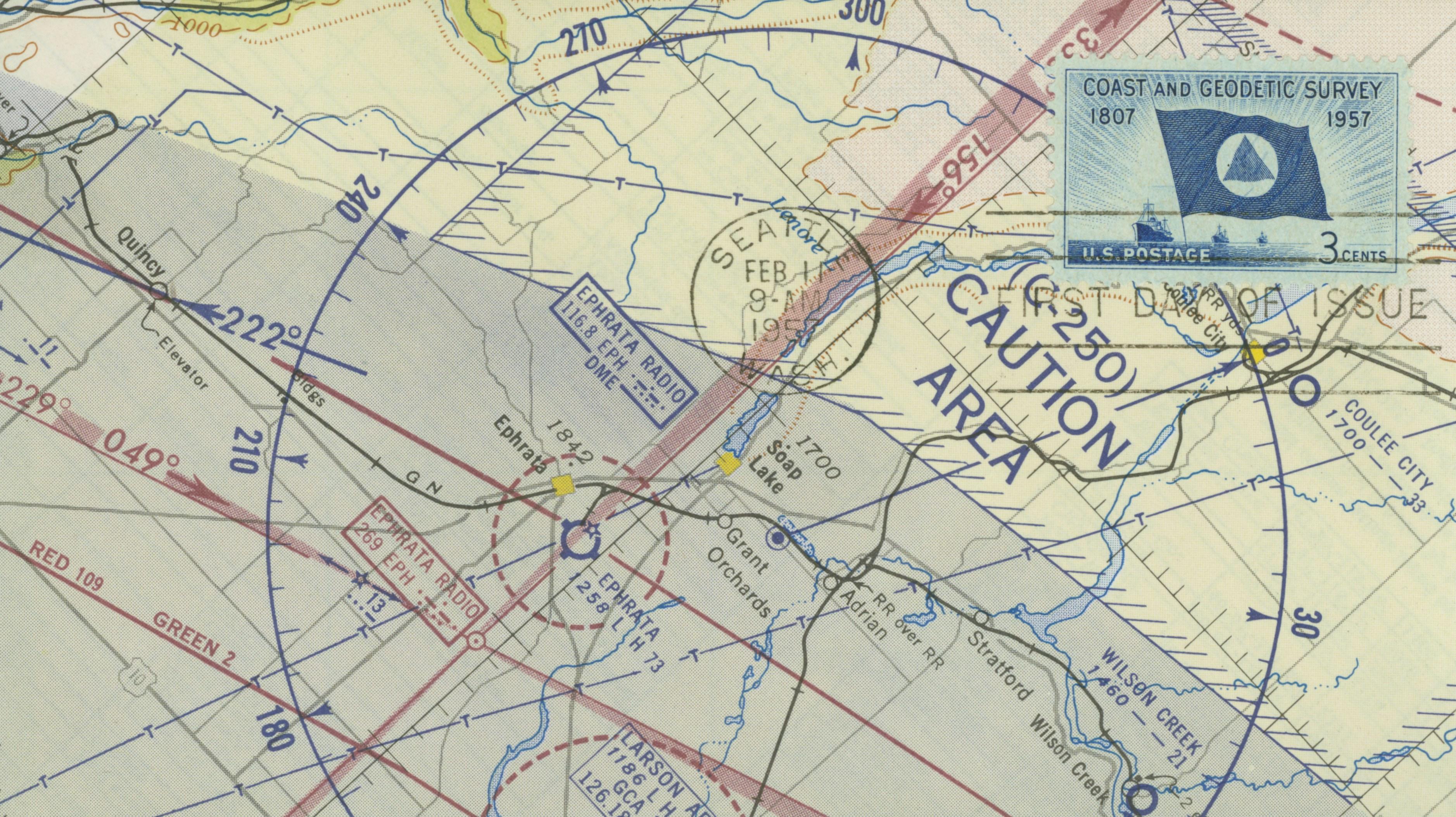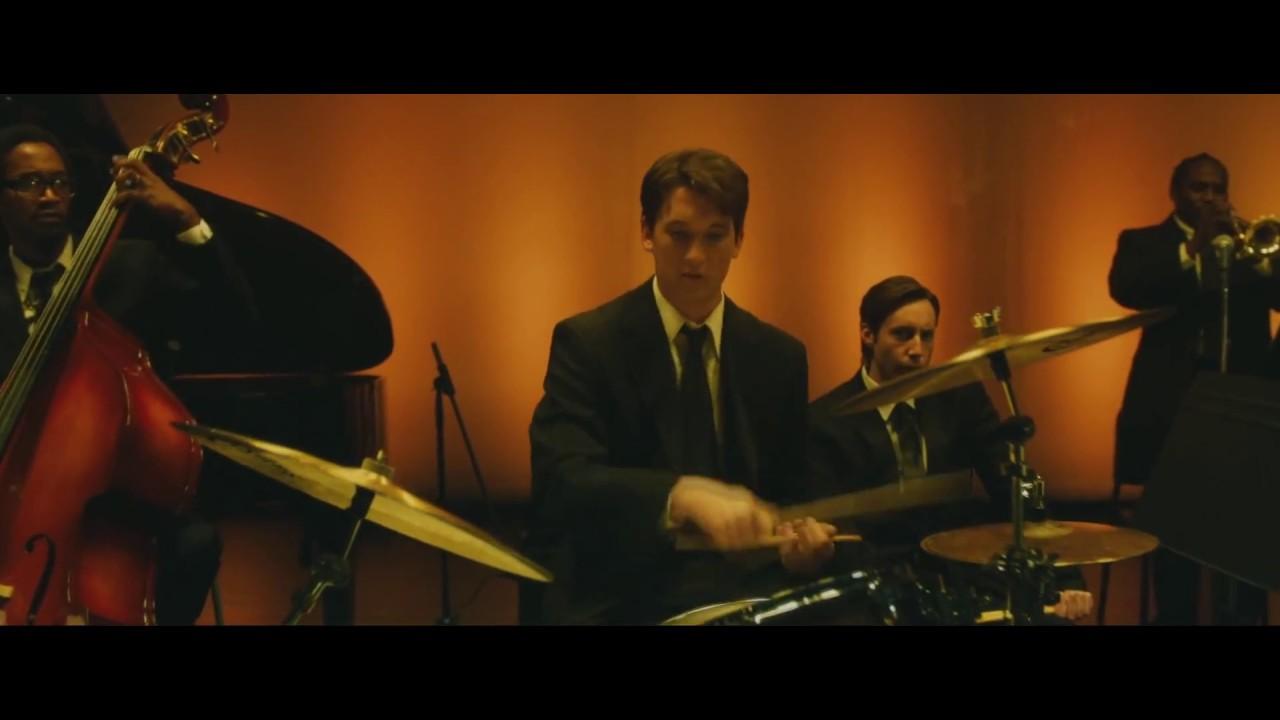In the realm of modern cinema, few films have captured the visceral intensity of human ambition and the complex dynamics of mentorship like Damien Chazelle’s “Whiplash.” This cinematic masterpiece, renowned for its electrifying performances and relentless pacing, offers a profound exploration of the sacrifices demanded by the pursuit of excellence. At its core, the film thrives on the raw, unyielding performances delivered by its lead actors, whose portrayals elevate the narrative to a fever pitch of emotional and psychological tension. This article delves into the intricate layers of these performances, dissecting how they contribute to the film’s gripping portrayal of ambition and obsession. Through an analytical lens, we unravel the techniques and nuances that make “Whiplash” a compelling study of character and conflict.
Exploring the Depth of Character Development in Whiplash
In Whiplash, the intricate layers of character development reveal themselves through the intense and often brutal dynamics between the ambitious drummer Andrew Neiman and his relentless mentor, Terence Fletcher. The film meticulously peels back the psychological depth of its characters, offering a raw and unflinching look into their motivations and internal struggles. Andrew’s journey is a compelling exploration of ambition bordering on obsession. His evolution from a wide-eyed student to a musician consumed by the pursuit of perfection is marked by a series of harrowing trials that test his limits both physically and mentally.
- Fletcher’s Methodology: The enigmatic and often terrifying presence of Fletcher as an instructor is crafted with precision, highlighting his belief in the necessity of extreme measures to produce greatness.
- Andrew’s Transformation: The progression of Andrew’s character is reflected in his willingness to sacrifice relationships and well-being for the sake of achieving his dreams.
- Psychological Tension: The film’s narrative is driven by the escalating tension between Andrew’s vulnerability and Fletcher’s unyielding pressure, crafting a study of how far one can be pushed before breaking.
This intense character interplay not only fuels the film’s dramatic tension but also serves as a commentary on the cost of artistic ambition. The depth of the performances captures the visceral reality of the characters’ world, making Whiplash a masterclass in character-driven storytelling.

Analyzing the Emotional Impact of Simmons Portrayal
J.K. Simmons delivers a performance in Whiplash that is both chilling and mesmerizing, leaving a profound emotional impact on audiences. His portrayal of Terence Fletcher, the tyrannical music instructor, is marked by a complex blend of intensity and vulnerability. Simmons expertly crafts a character that oscillates between moments of quiet menace and explosive fury, creating a palpable tension that drives the film’s narrative. The emotional resonance of his performance is amplified by his ability to convey the deep-seated insecurities and relentless pursuit of perfection that fuel Fletcher’s harsh methods.
Several elements contribute to the emotional weight of Simmons’ portrayal:
- Physicality: His commanding presence and deliberate movements underscore the character’s authority.
- Vocal Delivery: The sharp, often abrasive tone of his voice adds a layer of intimidation that lingers long after the scenes have ended.
- Nuanced Expressions: Subtle shifts in facial expressions reveal glimpses of the character’s internal struggles, making Fletcher both fearsome and oddly sympathetic.
Through these elements, Simmons not only brings Fletcher to life but also invites viewers to explore the darker aspects of ambition and the emotional toll it exacts.

Understanding the Role of Music as a Narrative Force
In Whiplash, music transcends its traditional role as mere accompaniment and becomes a driving narrative force, shaping character development and intensifying the film’s emotional landscape. The relentless drumming sequences not only showcase the protagonist’s journey but also serve as a metaphor for his internal struggles and aspirations. The crescendos and accelerandos reflect his mounting tension and ambition, while the quieter, more contemplative moments highlight his vulnerability and self-doubt.
Consider the following elements that music brings to the forefront in the film:
- Character Conflict: The aggressive, rapid tempo mirrors the fierce confrontation between Andrew and Fletcher, illustrating their tumultuous mentor-student relationship.
- Emotional Intensity: The dynamic shifts in rhythm underscore the emotional highs and lows, making the audience feel every beat of Andrew’s heart as he strives for perfection.
- Symbolism: The demanding drum solos symbolize Andrew’s struggle for identity and recognition, echoing his relentless pursuit of greatness.
Through its intricate use of music, Whiplash crafts a narrative that is as intense and visceral as the performances it depicts, leaving a lasting impact on the audience.
Recommendations for Appreciating the Films Intensity
- Focus on the Performers: Pay close attention to the nuanced performances of Miles Teller and J.K. Simmons. Notice how Teller’s physicality conveys Andrew’s internal struggle, while Simmons’ intense presence commands every scene. Their interactions are a masterclass in tension and power dynamics.
- Analyze the Soundtrack: The film’s jazz score isn’t just background music; it’s a narrative force. Listen to how the tempo and rhythm mirror the characters’ emotional states. The music’s intensity often parallels the climactic moments, enhancing the overall impact.
- Observe Cinematic Techniques: Director Damien Chazelle uses tight close-ups and rapid editing to create a sense of urgency and pressure. Pay attention to how these techniques heighten the emotional stakes, drawing you deeper into the story’s intensity.
Engage Emotionally: Allow yourself to be immersed in the emotional rollercoaster. Consider how the relentless pursuit of perfection affects the characters. Reflect on the psychological themes, such as ambition and sacrifice, and how they resonate with your own experiences or beliefs.

